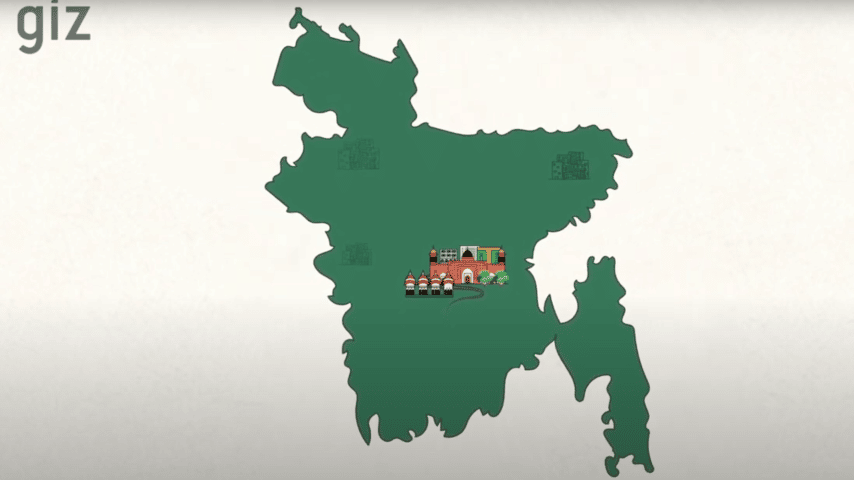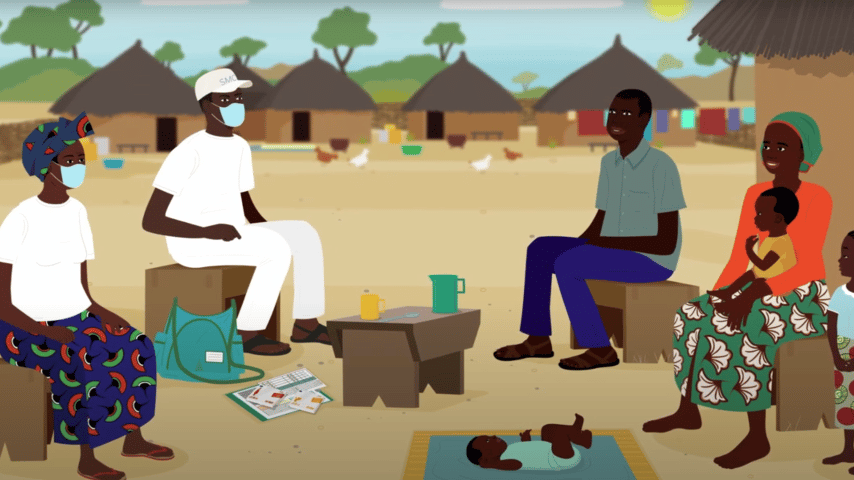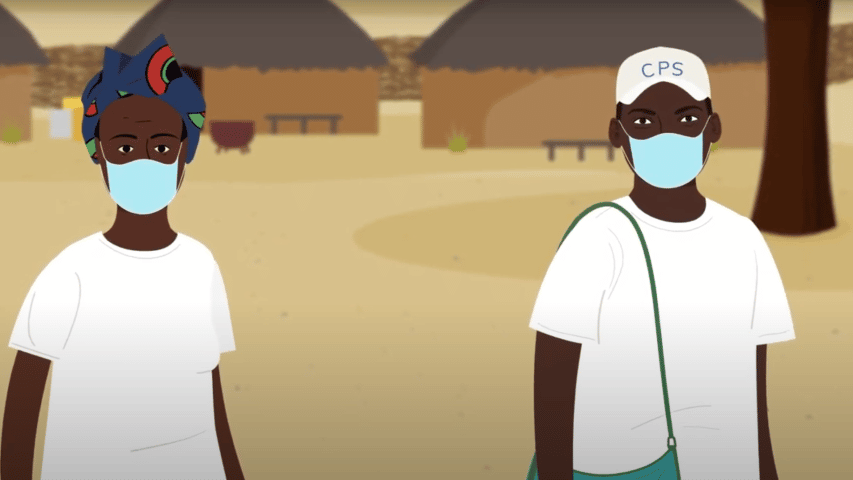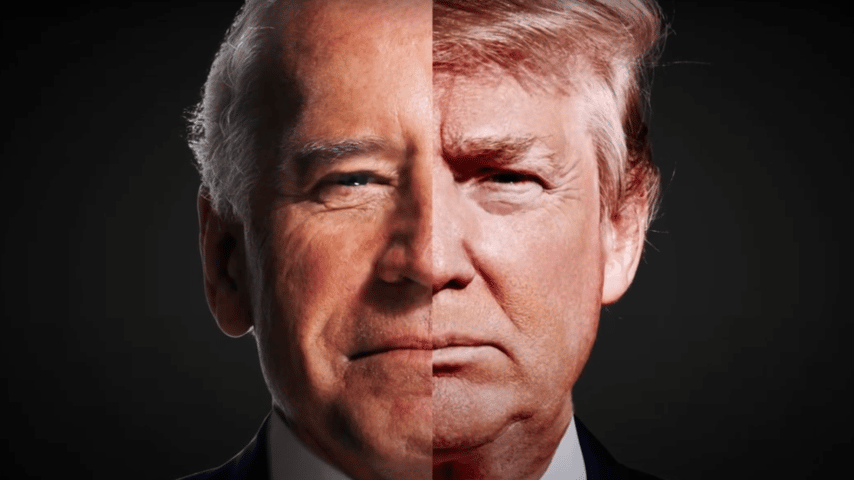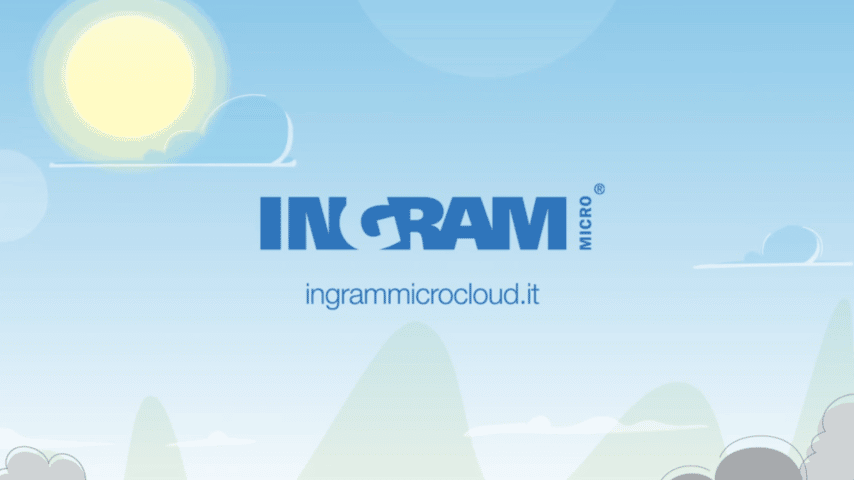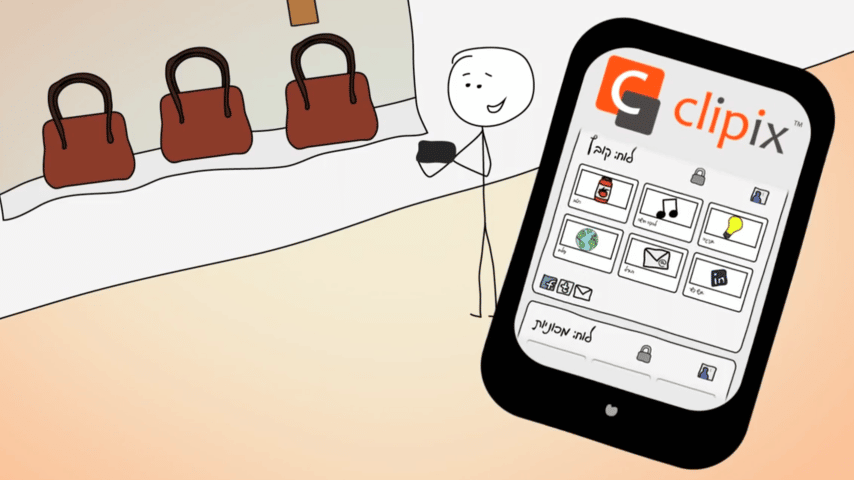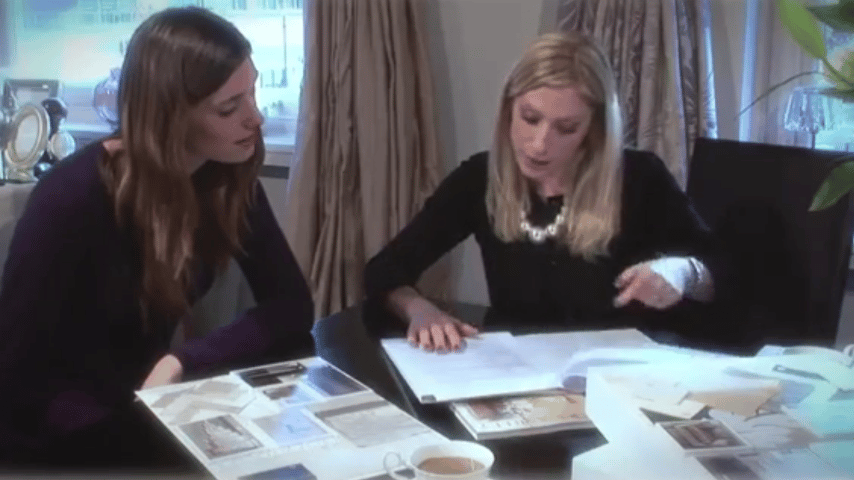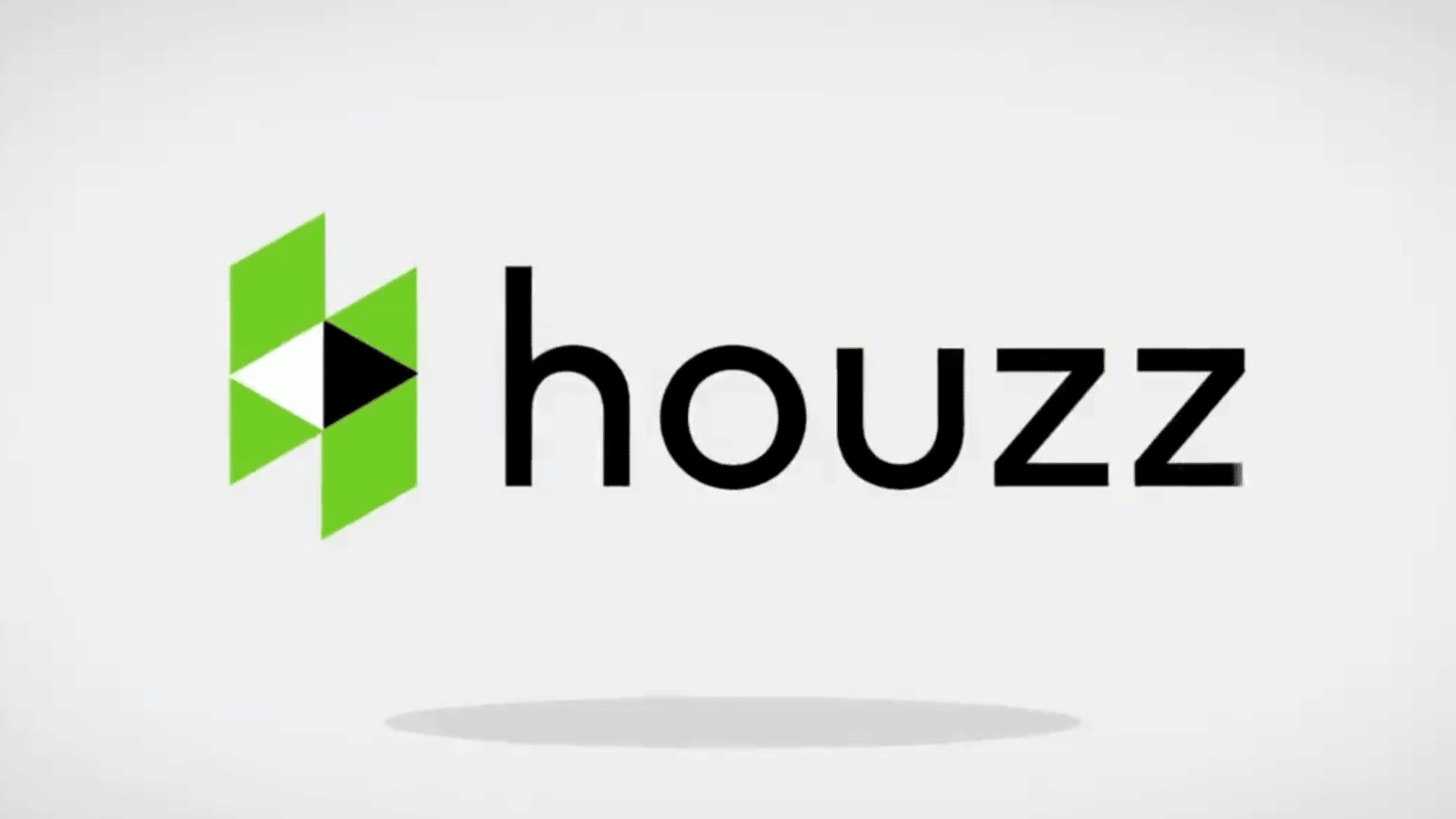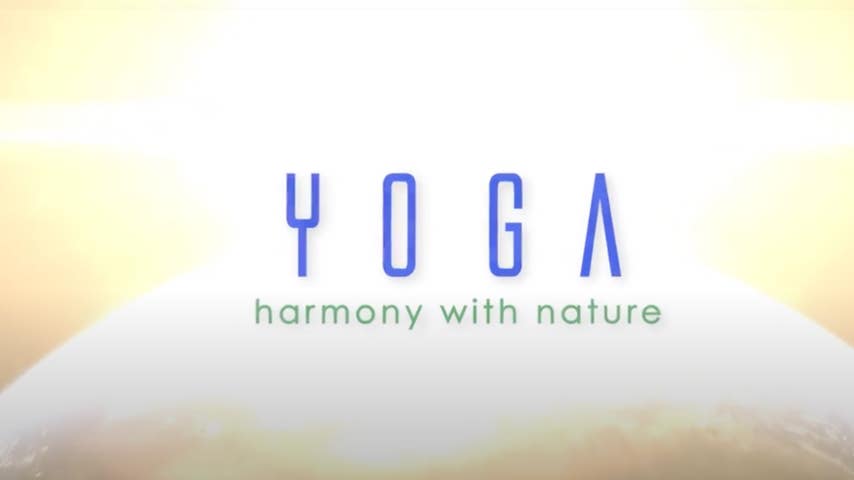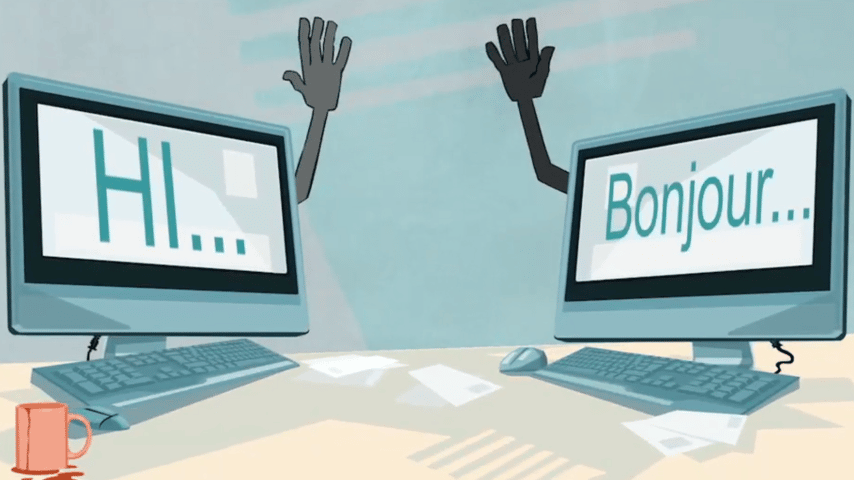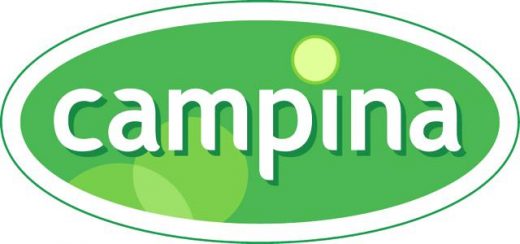What kind of Chinese Mandarin Voice Over are you looking for?
Expanding your content to include Mandarin voice overs allows you to connect with the world’s largest population of native speakers. Mandarin Chinese, spoken by over 1 billion people, is the official language of China, Taiwan, and one of the four official languages of Singapore. Its significance extends globally due to China’s economic influence and the widespread Chinese diaspora. Adding a Mandarin voice-over to your campaign can be a crucial step towards achieving your business goals and reaching new markets across Asia and beyond.
The Importance of Mandarin Chinese
Mandarin, known as Putonghua in China, is the most spoken language in the world. Its reach is not limited to mainland China but extends to Taiwan, Singapore, Malaysia, and Chinese communities worldwide. The increasing importance of China in global business makes Mandarin a strategic choice for voice overs, ensuring that your content is accessible to a vast and growing audience.
Importance of Voice Overs in Mandarin
Incorporating a Chinese Mandarin voice-over into your content ensures that your message is clearly understood by your target audience. It also creates a sense of belonging and empathy among the audience, leading to stronger brand connections and potentially increased sales. This connection is even more profound when the voice over uses culturally relevant nuances, enhancing relatability and authenticity.
Learn more about Chinese Voice Over Services
Application of Mandarin Voice Over in IVR Recordings
Mandarin voice over can be effectively utilized in various types of content aimed at Mandarin-speaking audiences. Take a look at how Mandarin can beneficial in IVR (Interactive Voice Response) recordings. and elevate your IVR content:
Clear Communication: In IVR systems, clarity and precision are crucial. Mandarin voice overs ensure that automated messages are delivered clearly and professionally, ensuring that all callers understand the information being conveyed and can navigate the system easily.
Cultural Relevance: A voice actor who understands the cultural context can deliver IVR messages in a way that feels natural and relevant. This helps in creating a more user-friendly and effective communication strategy within the system.
Audience Engagement: When callers hear their native language in IVR systems, it enhances their engagement. They are more likely to follow instructions and feel satisfied with the service, leading to better customer experiences.
Professional Tone: Using Mandarin for IVR voice overs allows for a professional and authoritative tone, which is essential for maintaining credibility and respect within the business environment.
The Importance and Reach of Chinese Companies
Chinese companies have a significant global presence, with businesses operating in various sectors worldwide. From technology giants like Huawei and Alibaba to manufacturing and service industries, Chinese enterprises are expanding their reach and influence.
Using Mandarin in IVR recordings can cater to a global customer base, ensuring clear and effective communication with Chinese-speaking clients, partners, and customers around the world.
Mandarin vs. Other Chinese Dialects

While Mandarin is the official language and the most widely spoken dialect, there are several other significant Chinese dialects, such as Cantonese, Shanghainese, and Hokkien. These dialects are prevalent in different regions and among Chinese communities worldwide. For example, Cantonese is widely spoken in Hong Kong, Macau, and Guangdong province, as well as among Chinese communities in Southeast Asia and the Western world.
Understanding these dialects is crucial when targeting specific regions or communities within the broader Chinese-speaking population. Using the correct dialect can greatly enhance the effectiveness and authenticity of your voice over.
Leveraging Mandarin voice over services ensures linguistic accuracy and enhances cultural authenticity and audience engagement. Whether it’s for IVR recordings, advertising, corporate communications, or other content, using the right voice over can significantly impact the success and reach of your production. By understanding and utilizing the nuances of Mandarin and the interactions with other Chinese dialects, you can create content that truly resonates with your audience across China, Taiwan, Singapore, and the global Chinese-speaking community.
How does GoLocalise work?
Understanding your project’s needs
GoLocalise is composed by a team of experienced professionals who work hand in hand with the best translation and production companies to provide you with top-quality services. The first step is to understand the technical aspects of your project to understand what we need to do to guarantee your necessities are met. We will ask a set of questions to determine your target audience, the type of content you want us to work with and the impact you want to achieve.
Selecting the ideal voice-over artists for your project
We want you to find the perfect voice-over artist for your project. For this, we will search for the ideal candidate within or outside our artist portfolio. Whether you are looking for an engaging, expressive, or commercial voice, we’ve got you covered!
Assigning a multilingual project manager
We will assign an exclusive project manager to serve as your only point of contact to guide you along the process, answer all questions you may have and make every stage easier. This project manager will:
- Explain all the steps involved in the process to make it easy to understand and help you determine what exactly are the services you need to ensure you stay within your budget.
- Help in selecting the ideal voice-over artist to transmit your ideas.
- Guarantee all the steps in the process are well-organized and that all deadlines are met. After choosing your ideal artist, you can relax and let your experienced project manager take care of the rest until the process is finished.
Record voice-over audio in our modern studios
All details in the process have been carefully designed to enable you to focus on the core of the service: the voice-over recording session. Your recordings will sound beautifully neat thanks to our audio equipment and our top-quality acoustic studios, using Pro Tools HD and Neumann microphones. Our sound engineers will then adjust the recorded audio to make it sharp and clean, ensuring you don’t need to repeat any recording, and thus, make the most out of your budget. In the case of those languages neither you nor your client speaks, we offer professional linguistic help to make sure everything is clear in all languages you are translating your content into.

